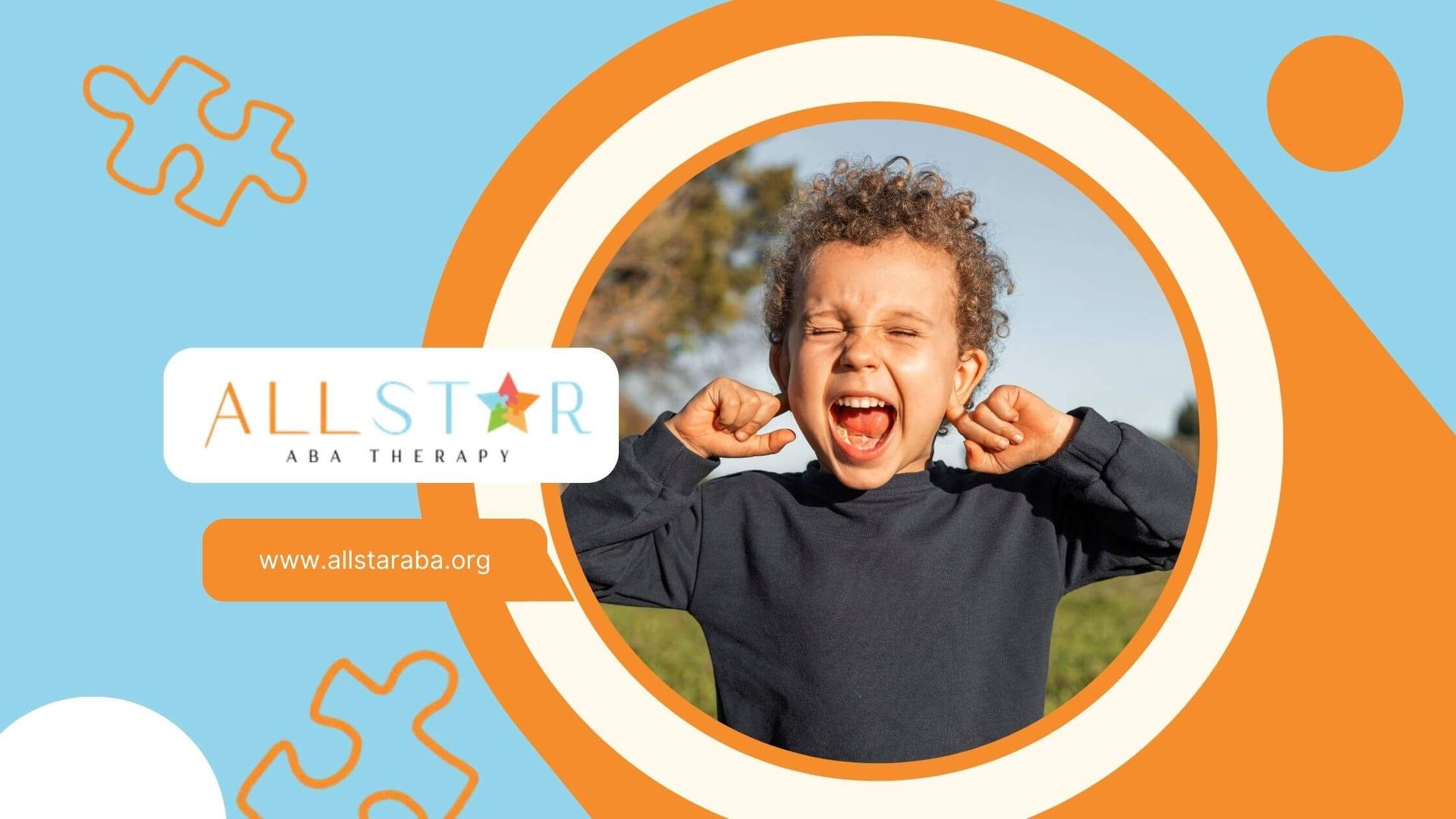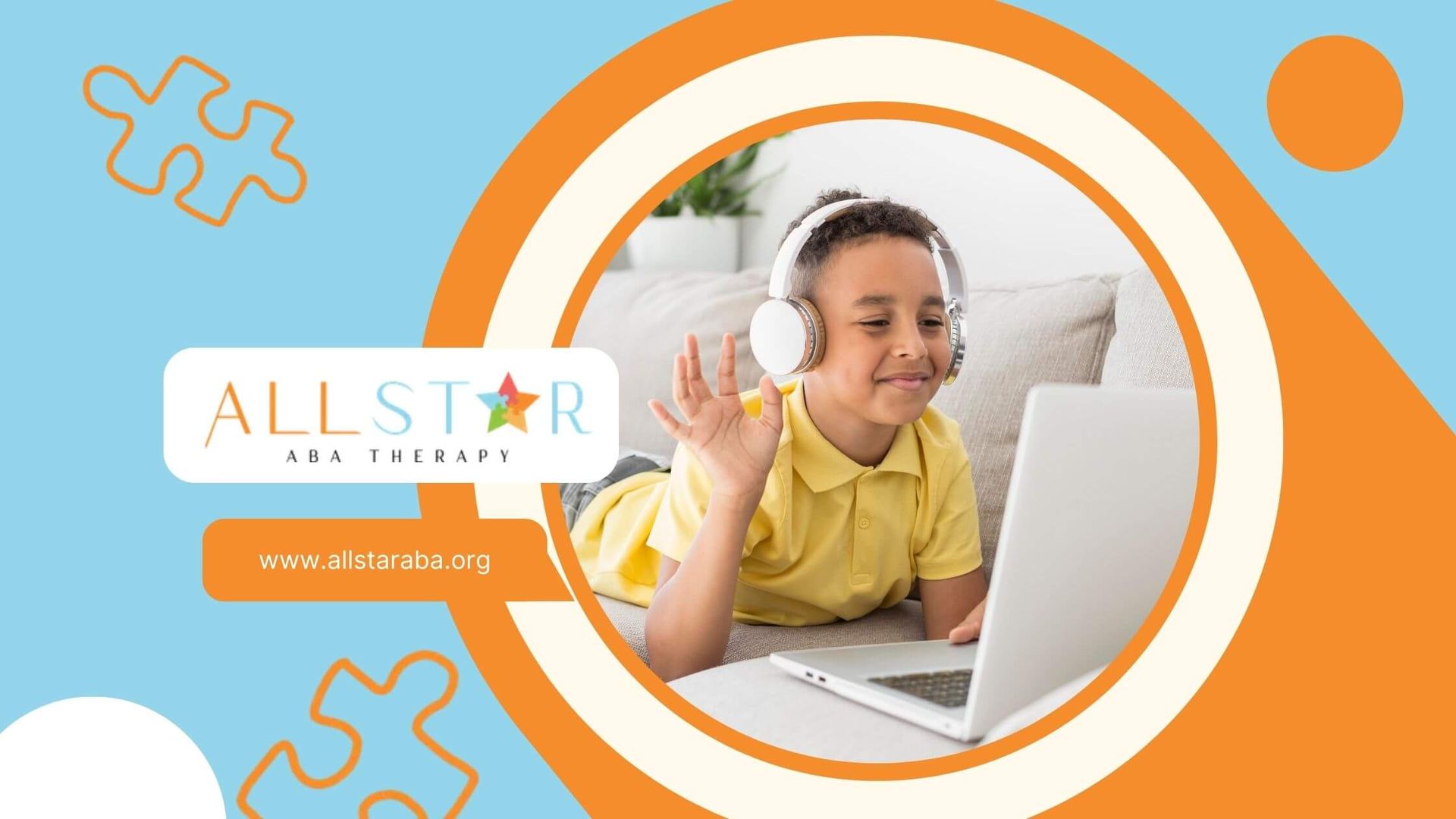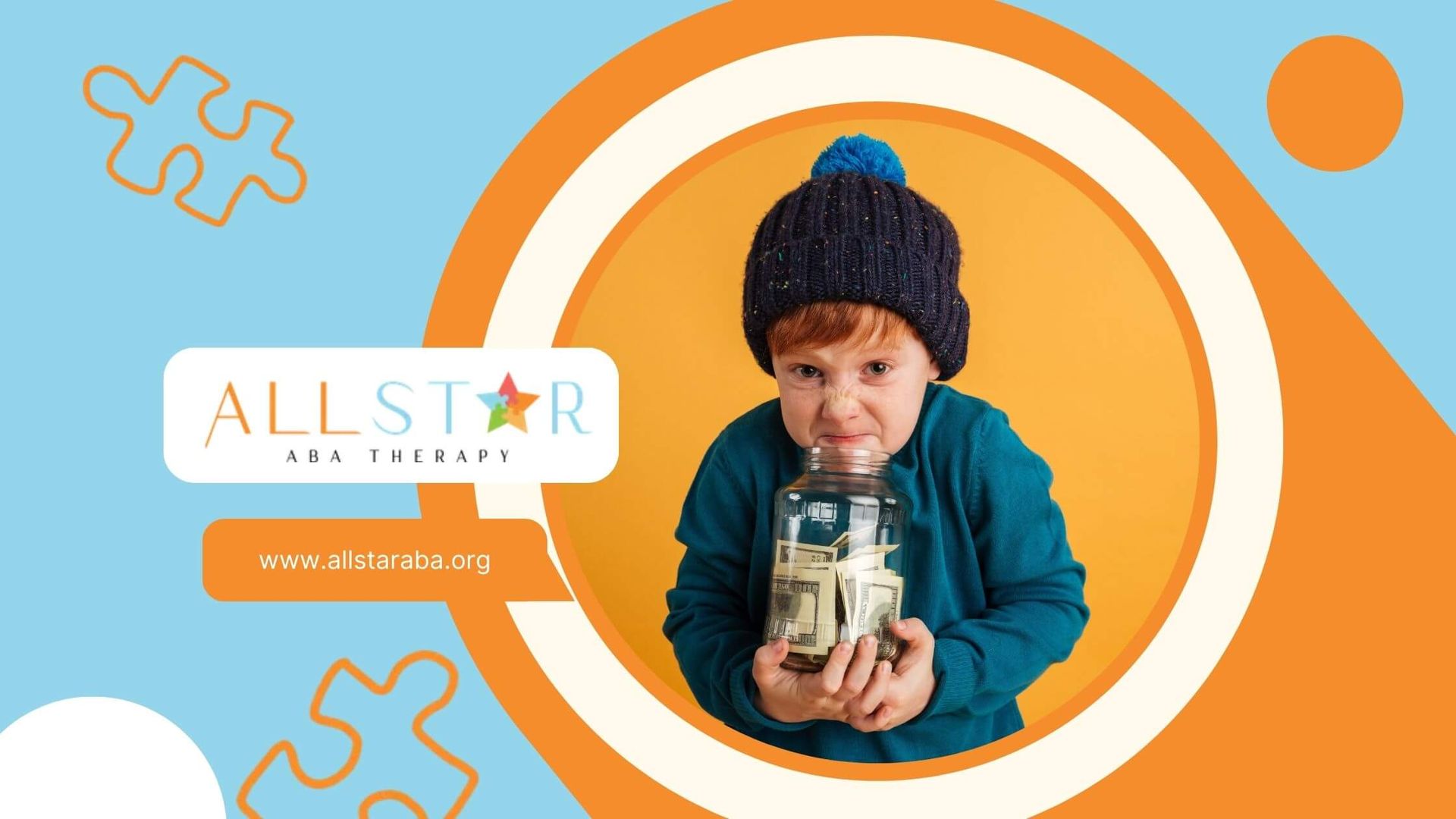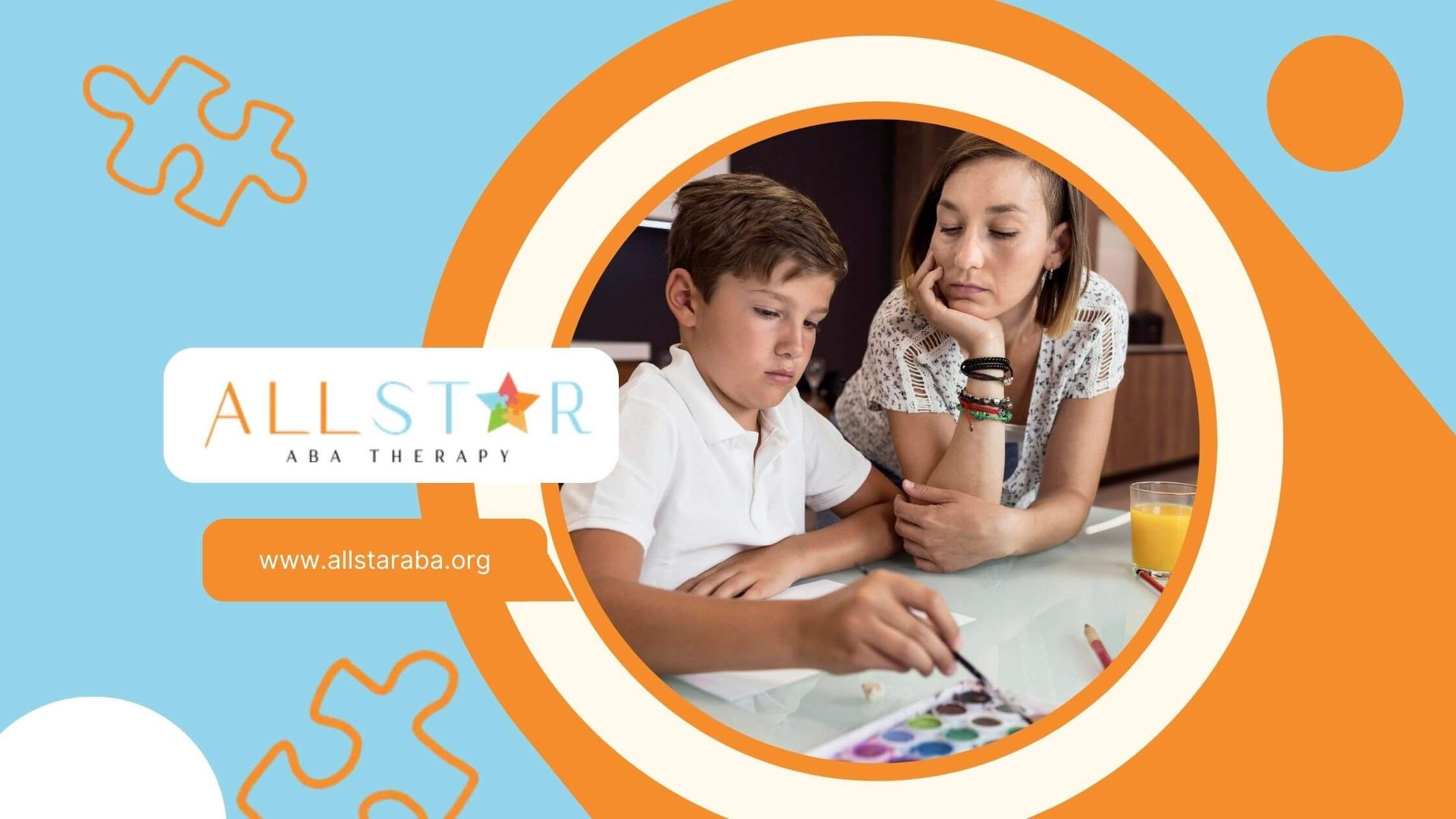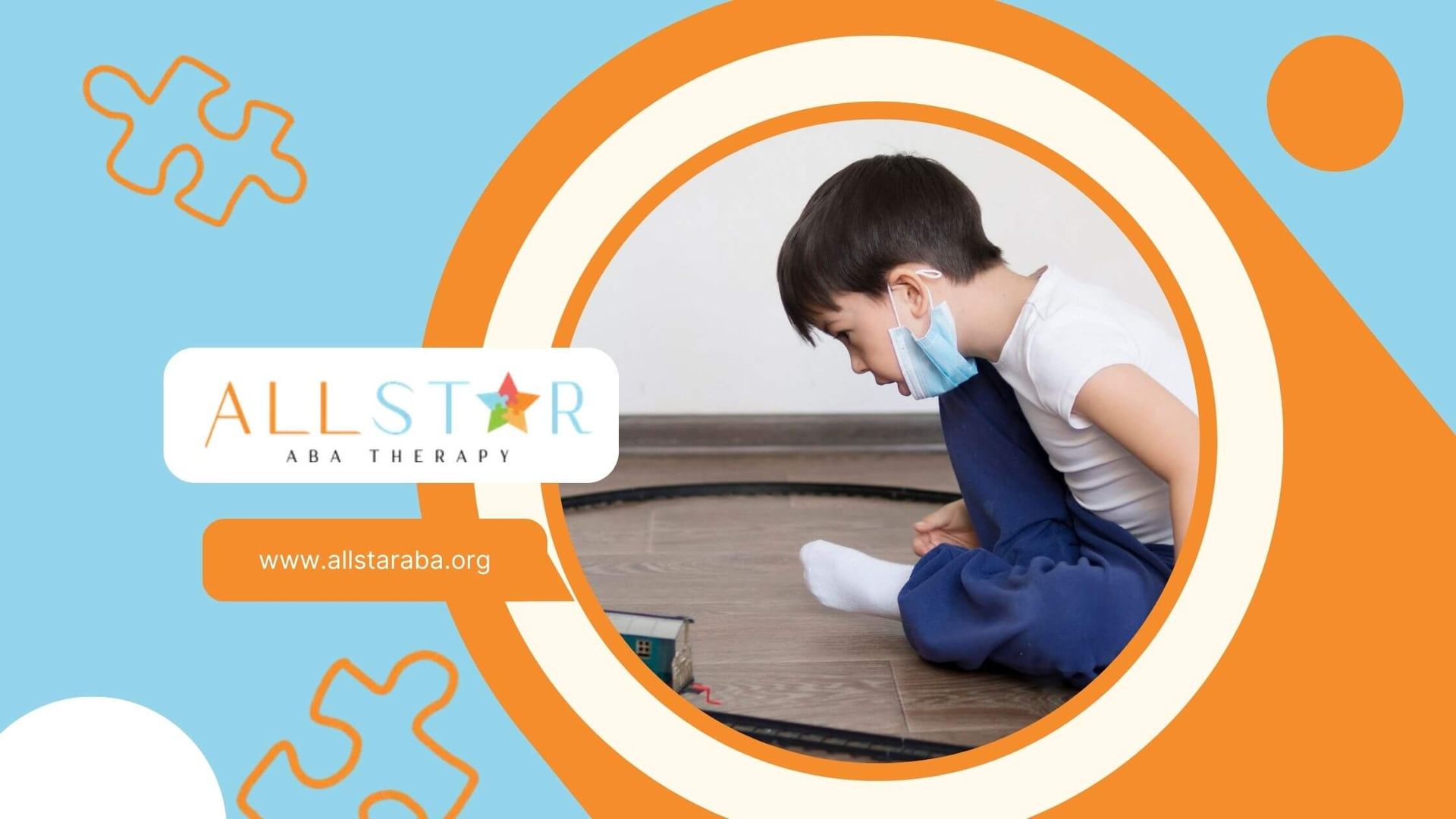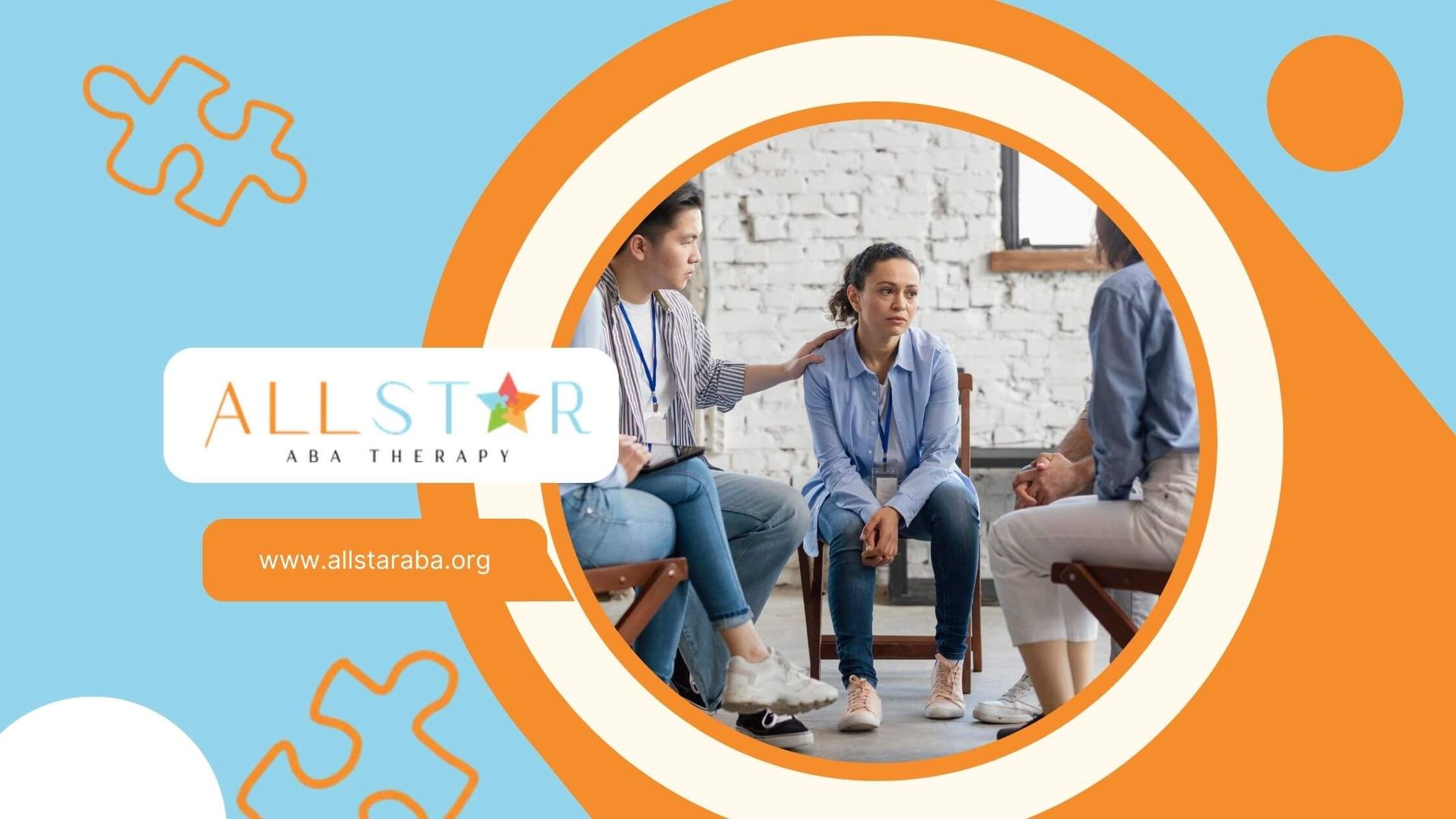New Paragraph
Boost Learning with These Autism-Friendly Puzzles
Autism-friendly puzzles have emerged as valuable tools for promoting learning and development in children on the autism spectrum. These engaging activities provide clear objectives, sensory supports, and structured challenges that align with many autistic learners’ needs. Puzzles can boost problem-solving skills, improve fine motor control, and support social engagement. This article explores the benefits of autism-friendly puzzles and reviews popular puzzle types. It also offers guidance on selecting suitable options and strategies for integrating puzzles into therapy and daily life.
Benefits of Autism-Friendly Puzzles
Cognitive Development
Structured puzzles encourage spatial awareness and analytical thinking. By tracing shapes, matching edges, and fitting pieces together, children practice planning and sequencing.
- Problem-solving abilities improve as learners identify patterns and trial different fits.
- Memory and recall strengthen when children remember where pieces belong.
- Attention span grows through sustained focus on a clear, tangible goal.
These benefits extend beyond playtime. Regular puzzle sessions can reinforce schema-based learning and error-correction strategies used in therapy. One child, for example, began with a six-piece jigsaw before tackling more complex designs, gaining confidence step by step.
Fine Motor Skill Improvement
Manipulating puzzle pieces supports hand-eye coordination and precise movements. Handling small parts encourages children to refine their grip and control.
- Sorting tasks teach color and shape discrimination.
- Gripping and placing pieces develop finger strength and dexterity.
- Rotating or angling pieces refines wrist movement.
Early introduction to simple peg puzzles can lay a strong foundation for more intricate challenges. Over time, these fine motor gains transfer to other daily tasks like buttoning shirts or using utensils.
Social and Emotional Gains
Many children find comfort in the repetitive nature of puzzle play. The predictable steps reduce anxiety and foster self-regulation through controlled, calming activities.
- Repetition builds a sense of mastery and calm.
- Patience and persistence develop as puzzles grow more challenging.
- Parallel play offers a low-pressure way to share space with peers.
Parallel puzzle sessions where two children work side by side on the same or identical puzzles can spark interaction without demanding advanced communication skills. Celebrating each completed puzzle also boosts self-esteem and social confidence.
Types of Autism-Friendly Puzzles
Wooden Peg Puzzles
Wooden peg puzzles feature large, easy-to-grip pieces that slot into shaped cavities. They often come in basic shapes or themed sets.
- Ideal for toddlers aged 12–18 months.
- Encourage shape recognition and basic matching.
- Provide sturdy, adjustable peeling and replacement.
These puzzles help early learners grasp cause-and-effect relationships while building fine motor precision. Caregivers can gradually introduce more shapes as skills improve.
Jigsaw Puzzles
Jigsaw puzzles range from simple four-piece sets to complex designs with hundreds of fragments. They challenge spatial reasoning and patience.
- Offer clear objectives with a satisfying finish.
- Come in diverse themes from animals to landscapes.
- Scale in complexity to match evolving skill levels.
Their tangible cause-and-effect format is particularly engaging for many autistic children. Starting with edge-first strategies helps learners experience small wins early on.
3D and Themed Puzzles
Three-dimensional and themed puzzles introduce an extra layer of challenge, tapping into spatial and conceptual skills. Examples include cube fits, model buildings, or layered dioramas.
- Support planning and visualization in real space.
- Encourage multi-step problem solving.
- Appeal to children with a passion for specific subjects.
These puzzles can spark deeper interest when they reflect a child’s special topic, from dinosaurs to space stations. Supervision and guidance are helpful when complexity increases.
Interactive and Problem-Solving Decks
Card-based decks and tactile kits guide learners through problem scenarios with visual cues and self-question prompts. They merge puzzle play with social stories and visual supports.
- Include step-by-step images or social narratives.
- Reinforce self-questioning and reflective thinking.
- Stay portable and easy to rotate in therapy or classroom settings.
Adaptive resources like these have proven effective for generalizing problem-solving strategies across environments. They can be paired with tangible puzzle tasks for a blended approach.
Selecting the Right Puzzle
Matching Skill Level
Puzzle complexity should align with current abilities to avoid frustration or boredom. Caregivers can follow a gradual progression:
- Start with two- or three-piece puzzles.
- Move to six- to ten-piece jigsaws.
- Advance to 20+ pieces as confidence grows.
A gradual increase in challenge helps maintain motivation and fosters a sense of achievement. Observations guide adjustments to stay in the learner’s optimal zone.
Considering Sensory Preferences
Sensory needs play a key role in engagement. Textures, sounds, and visual styles should feel comfortable and inviting.
- Smooth wood or foam pieces for tactile seekers.
- Paper or cardboard for minimal sensory input.
- Quiet or silent puzzles for sound-sensitive learners.
Materials that engage the tactile sense can aid sensory integration and reduce anxiety. Offering choices empowers children to select what feels best.
Aligning with Interests
Special interests can fuel sustained attention and joy. Integrating favorite themes into puzzle play boosts engagement.
- Choose puzzles featuring beloved animals, vehicles, or characters.
- Tailor complexity to the child’s focus level.
- Rotate based on emerging interests for freshness.
Leveraging special interests makes puzzle time more rewarding and fun, and it often encourages exploration in related areas.
Puzzle Comparison Table
| Puzzle Type | Skill Level | Key Benefits | Sensory Considerations |
|---|---|---|---|
| Wooden Peg Puzzles | Beginner (1–3 yrs) | Fine motor, shape matching | Smooth, tactile-friendly |
| Simple Jigsaw Puzzles | Early (2–4 yrs) | Spatial reasoning, focus | Quiet, visual orientation |
| Advanced Jigsaw Puzzles | Intermediate (5+ yrs) | Problem-solving, patience | Moderate detail, minimal noise |
| 3D and Themed Puzzles | Advanced (6+ yrs) | Planning, spatial awareness | May require supervision |
| Interactive/Problem Decks | Varies (3+ yrs) | Visual supports, self-questioning | Portable, adjustable sensory load |
Setting Up Puzzle Activities
Organizing Puzzle Pieces
A clear system for puzzle components prevents overwhelm and supports independence.
- Label bags or trays by puzzle name.
- Sort pieces by color, edge, or shape.
- Store in transparent containers for easy access.
Simplified organization reduces frustration, especially in group settings or classrooms. Visual labels and photos on containers can guide non-readers to the right set.
Introducing Visual Supports
Visual cues help children internalize the steps of puzzle solving. Common supports include:
- Social stories with sequential pictures.
- Step-by-step cue cards displayed near the work area.
- Checklists or picture schedules to mark completed stages.
Visual supports encourage self-questioning and reduce over-reliance on adult prompts. Over time, learners internalize the process and gain confidence.
Creating a Structured Environment
Predictability fosters focus. A well-designed space helps children settle into puzzle activities.
- Choose a quiet, well-lit corner free from distractions.
- Set a clear start and end cue, such as a sand timer or bell.
- Offer a consistent routine—same space, same time of day.
Consistent rituals make transitions smoother and support engagement, whether at home, in the classroom, or during therapy.
Implementing Puzzles Into Routines
Integrating into ABA Therapy
Applied Behavior Analysis (ABA) sessions benefit from the structured problem-solving that puzzles provide.
- Embed puzzles into individualized goals and data collection.
- Use errorless learning or graduated prompting to scaffold progress.
- Incorporate reinforcement schedules tied to puzzle milestones.
Schema-based instruction and targeted error correction improve skill transfer across settings. Puzzles can serve as both assessment and intervention tools.
Incorporating at Home and School
Generalization is key for meaningful skill use. Families and educators can:
- Schedule short puzzle breaks between lessons or activities.
- Encourage siblings or peers to join for shared play.
- Use portable puzzles during outings or quiet waits.
Real-world practice in varied contexts helps children apply problem-solving strategies beyond the therapy room, leading to smoother transitions and greater independence.
Encouraging Parallel and Group Play
Puzzle activities can support social interaction without direct demands on communication. Practical approaches include:
- Providing duplicate puzzles so two learners work side by side.
- Organizing a “puzzle station” where peers rotate turns.
- Using timed challenges to spark friendly collaboration.
Parallel play opens doors for turn-taking, sharing, and nonverbal exchange, laying groundwork for deeper social skills.
Tracking Puzzle Progress
Observing Key Skills
Ongoing observation reveals growth and guides puzzle selection. Caregivers should note:
- Time taken to complete each level of difficulty.
- Types and frequency of assistance required.
- Emerging problem-solving strategies or self-questioning prompts.
Recording these observations helps refine future puzzle choices and identifies areas needing extra support.
Using Simple Data Collection
A basic log or chart provides an easy way to visualize gains. Elements might include:
- Date of activity and puzzle type.
- Level of independence (e.g., 1–5 scale).
- Notes on skills observed or behaviors (e.g., perseverance, frustration).
Consistent data collection ensures decisions rest on clear trends rather than memory alone.
Celebrating Achievements
Positive reinforcement strengthens motivation and self-esteem. Effective celebrations include:
- Verbal praise highlighting specific successes.
- Displaying completed puzzles on a “trophy wall.”
- Offering small, meaningful rewards after milestones.
Acknowledging both effort and outcome encourages learners to embrace new challenges with confidence.
Conclusion
Autism-friendly puzzles combine structure, sensory support, and engaging challenges to unlock a range of skills in children with autism spectrum disorder. From simple wooden peg puzzles to advanced three-dimensional sets, selecting options that match ability, preference, and interest makes a real difference. Establishing clear organization systems and visual supports helps children focus, while integrating puzzles into therapy, home, and school routines promotes generalization of problem-solving skills. Regular tracking of progress and meaningful celebrations reinforce growth and build confidence. Families, educators, and therapists can collaborate to explore diverse puzzle types and strategies, ensuring that each child’s experience remains both supportive and rewarding.
At All Star ABA, we understand how powerful puzzles can be in helping children with autism develop essential skills like problem-solving, focus, and social interaction. By incorporating autism-friendly puzzles into ABA therapy at home, and school routines, we create a structured yet engaging way for your child to learn and grow.
Ready to explore how puzzles can support your child’s development? Contact us today to discuss personalized ABA strategies and activities in Maryland tailored to your child’s needs!
Frequently Asked Questions
How do autism-friendly puzzles help children with autism?
Autism-friendly puzzles promote focus, problem-solving, and fine motor skills by providing structured, sensory-supportive challenges that align with the child’s interests and abilities. They can also help children learn how to organize and approach tasks in a systematic way.
What types of puzzles are best for children with autism?
Puzzles vary in complexity, from simple peg puzzles to more advanced 3D puzzles. Choosing the right puzzle depends on the child’s age, cognitive level, and sensory preferences. Starting with simpler puzzles and gradually increasing the challenge helps promote success and confidence.
How can therapists, educators, and families use puzzles effectively?
By integrating visual supports and clear organizational systems, adults can help children focus and engage with puzzles. Incorporating them into therapy sessions, home routines, and school activities ensures that skills learned through puzzles are generalized, enhancing long-term development.
SOURCES:
https://www.autismparentingmagazine.com/benefits-of-jigsaw-puzzles/
https://www.heyasd.com/blogs/autism/autism-puzzle-benefits
https://diversityintoys.com/why-children-with-autism-love-jigsaw-puzzles/
https://www.theautismpage.com/puzzles-and-autism/
https://theautismhelper.com/organize-puzzles/
Need Support?
We're Here to Help!
Our experienced team is ready to assist you. Reach out today to discuss how we can support your child's development and well-being.
Get started with expert ABA therapy today.



